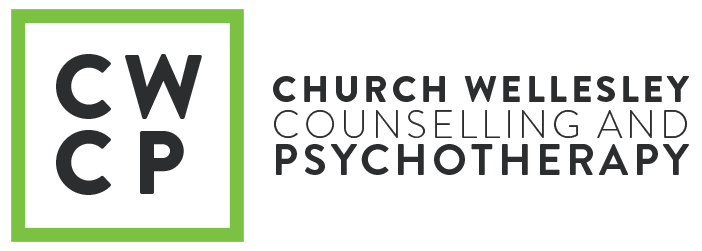Recently, I realized I was feeling hurt, alone, and isolated because I could not connect with an important person in my life. Admittedly, feeling an emotional response to the absence of connection is not an unexpected reaction; Often, when we stub a toe, we want to hold it.
However, in the absence of my ability to connect with the source of pain, I (and people in general) have a tendency to resort to (and can become reliant on) some common reactions: Fight (e.g., destroying objects), flight (e.g., immediately walking away during conflict), freeze (e.g., responding with “I don’t know” in response to asking what one needs), and collapse (e.g., giving up and exiting the relationship). These behaviours are often a function of a perceived lack of acceptance and safety, which is a dominant influence on (my) feeling hurt, alone, and isolated.
But is wanting – or needing – to feel acceptance and safety from an important other reasonable? It is for me.
Yet this want and need for acceptance and safety requires acknowledgment of two considerations: To what degree do I have the capacity to foster an environment of acceptance and safety for myself (i.e., Self-connection)? And to what extent does the important other in my life have their own capacity to foster their own sense of acceptance and safety (i.e., their own degree of Self-connection)? Because our ability to provide connection for others is often limited by the extent to which we can engage in our own Self-connection.
As such, the focal question becomes: How do I foster genuine Self-connection (i.e., acceptance and safety)? This is an important question because Self-connection through self-generated acceptance and safety is seldom overtly taught or indirectly learned for many people.
So, what do you do if you struggle with Self-connection? How do you create and foster genuine, self-directed acceptance and safety?
An effective starting point is to identify and define what self-directed acceptance (e.g., a willingness to be present and engaged with emotions in an empathetic, supportive, and validating capacity rather than annoyance, frustration, and scorn) and self-directed safety (e.g., actively reminding yourself of how safe you are in the present moment – because often, our unconscious brain highjacks us into believing we are in a historic moment of vulnerability) feels, looks, and sounds like. Create a document and record these characteristics. These become the moments you Self-connect.
Example:
| Self-Acceptance | Self-Directed Safety | |
|---|---|---|
| What does it look like? | Taking time to actively sit with my emotions in a quiet place so I can listen to them. | Intentionally observing my immediate environment and assessing the extent to which I can feel, hear, and see overt characteristics of safety – like the temperature of the room on my skin; the sound of the overhear lights; and the presence of a closed door without anyone else in the room. |
| What does it feel like? | Uncomfortable at first, obviously! But with time and patience, I begin to feel the solitude of the environment and begin to hear the inner voice in need of my attention. | A slow yet all-encompassing sense of calmness / stillness in the body. |
| What does it sound like? | Empathetic, nurturing, and validating comments, such as: “It makes sense that you feel so sad right now as I would feel the same way – and I would like the opportunity to know more if you would allow me?” | Speaking aloud or in my own head, overtly acknowledging the characteristics of safety: “I can feel the light breeze from the fan and the temperature of the room; I can hear the overhead lights and the soft background music I am using to enhance my meditation; and I can see that I am alone in this space right now. If I were unsafe in this moment, I would be unable to notice most of these characteristics. Am I able to accept that, in this moment, I am physically safe?” |
Next, identify: What are examples of how I engage in fight, fight, freeze, or collapse? What do these examples look, sound, and feel like? These become the moments of Self-abandonment.
Identifying how and when we Self-connect vs. Self-abandon is important because the extent to which one can engage and practice self-generated acceptance and safety (i.e., adequately Self-connect) is directly linked to one’s capacity for self-containment (i.e., I can manage my own emotions in the absence of another person helping me – I’m able to do this) and self-regulation (“I’ve got this!”) during times of real or perceived conflict (e.g., the absence of connection with an important other).
Self-containment and self-regulation are tremendously important because in their absence, people often resort to dopamine-based activities that foster the “feel good” sensation (e.g., drinking, eating in abundance, and distracting activities such as social media and television). These feel-good activities, which foster immediate gratification, come at the expense of serotonin-based activities that promote “doing-good” – such as sitting and connecting with emotions in pursuit of providing them acceptance and safety that, over time, enhances one’s ability to self-contain and self-regulate in the absence of interpersonal connection.
And furthering the topic of Self-abandonment, another example of such behaviour is rescuing others (from non-emergency threats), which can be motivated by positive or negative desires.
Positive rescue is the active and intentional attempt to help or save someone else for their (perceived) betterment. An example: This person doesn’t know how to connect with me – I better help them by showing them the way (which will benefit them and me). This is an example of rescuing insofar as it assumes the other person cannot engage in adequate reflection and assessment of an interpersonal dynamic (assuming I am not intentionally withholding information), I consequently attempt to modify or adjust their behaviour. Ultimately this form of rescuing is a judgment toward the other person: A judgment that they are incapable of reading an interpersonal dynamic (assuming there is no cognitive or social impairment) and engaging in intentional behaviour change by their own volition.
Negative rescue is when we save or help someone because doing so ultimately seeks to get the other person to assume responsibility for our own emotions. When we struggle to engage in adequate Self-connection and the other person is unwilling or unable to connect with us, we continue our Self-abandonment through our attempt to rescue (e.g., fight) them by assertively / aggressively attempting to get them to care take our own emotions.
And inducing another person to assume responsibility for our own emotions has two deleterious impacts: An impaired opportunity to engage and strengthen our own Self-connection skills and abilities concurrent to the formation of resentment toward us by the other person for being tasked with our emotions. After all, people are already occupied enough with their own needs for self-acceptance and safety; Having to do this for another person becomes exhausting over time.
In pursuit of redirecting our energy away from rescuing other people, we must first strengthen our own Self-awareness for Self-connection. Identifying when, how, and where we engage in fight, flight, freeze, and collapse behaviours will illuminate areas of current Self-abandonment. Through the active and intentional exercise of Self-connection (i.e., self-directed acceptance and safety) during moments that would typically lead to Self-abandonment is a profoundly beneficial first step in pursuit of strengthening our self-containment and self-regulation.
As I navigate my own feeling of hurt, aloneness, and isolation, through the intentional creation of self-acceptance and safety, I have unwavering confidence that I will strengthen my ability to persevere. In short: I’ve got this!
Want to know more about a specific topic related to psychotherapy? Send me an email (adam@cwcp.ca) and let me know so I can write a blog post about it. And if you would like an honorable mention for your recommendation, let me know that too and I will include your name!


